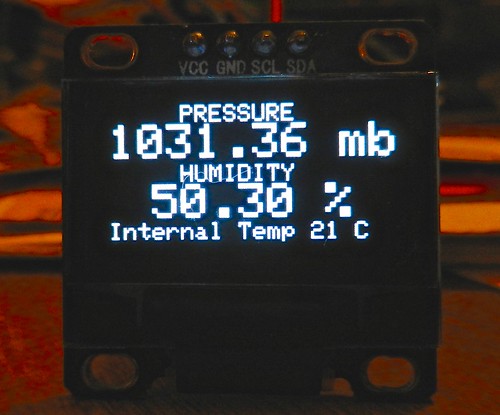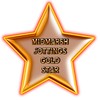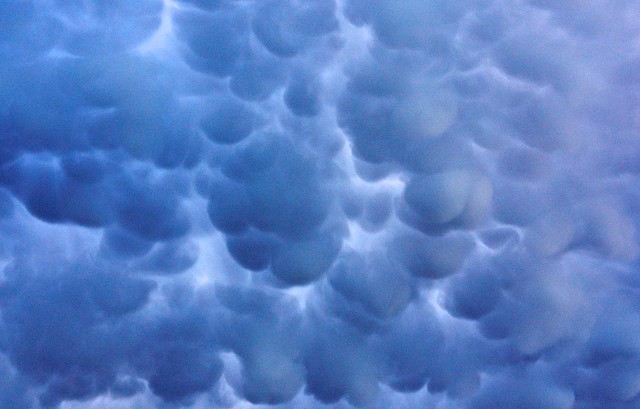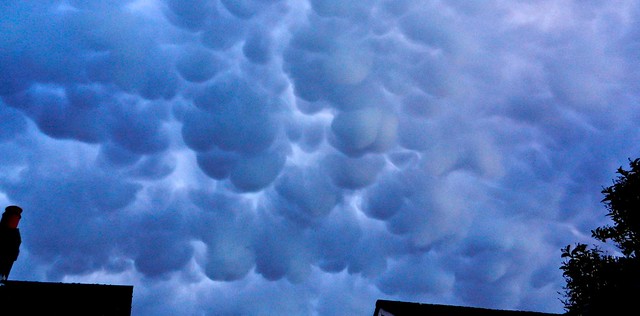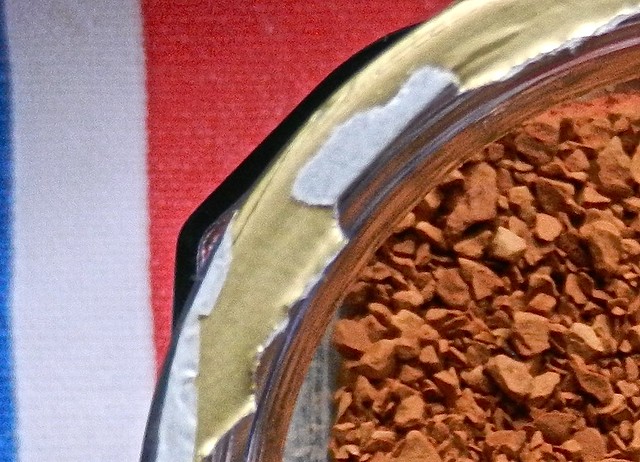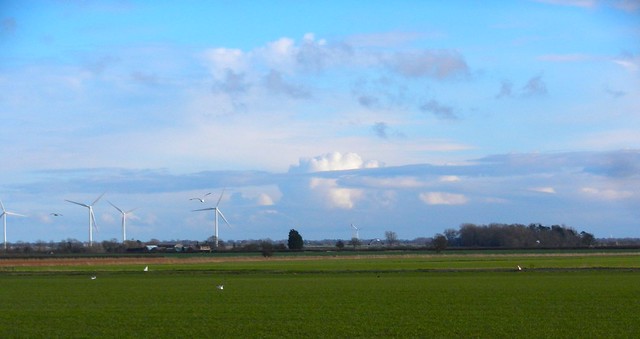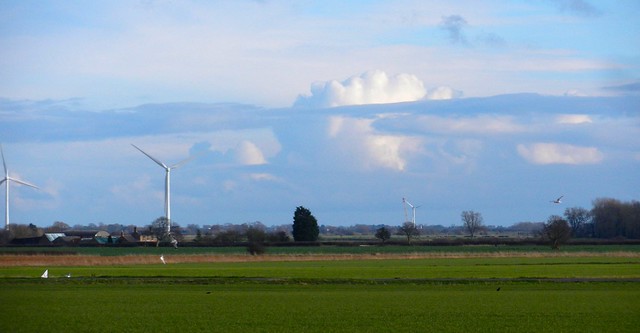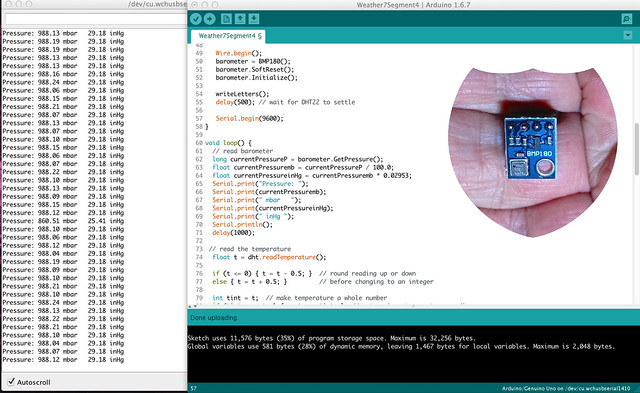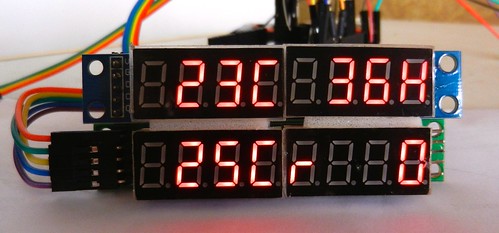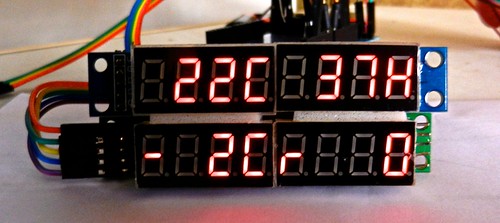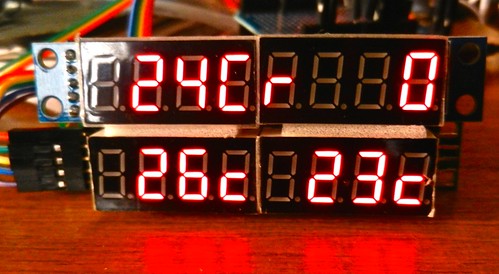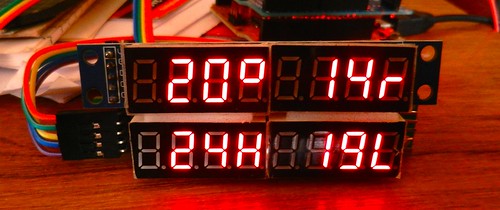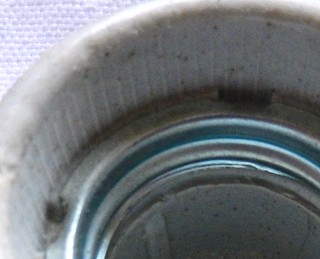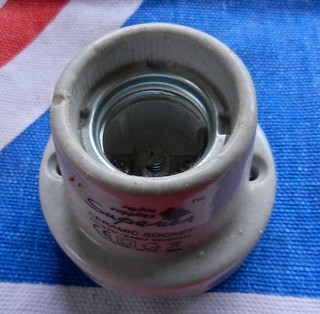I've been working on my home brew weather station based around an Arduino Uno R3. It will measure and display outside temperature in Celsius, percentage relative humidity and rainfall in millimetres.
Temperature and humidity are detected with a DHT22 module:

Rainfall will be measured with a tipping bucket:
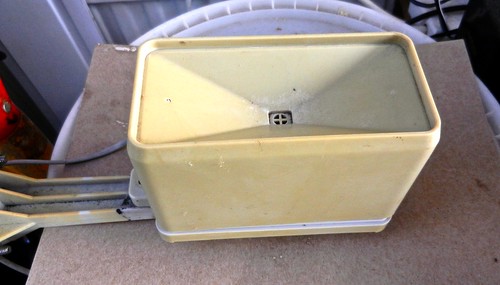
Inside the box is the tipping bucket so designed that water entering fills the high side of the bucket. That causes the seasaw to flip emptying that side and presenting the other side to collect more water:
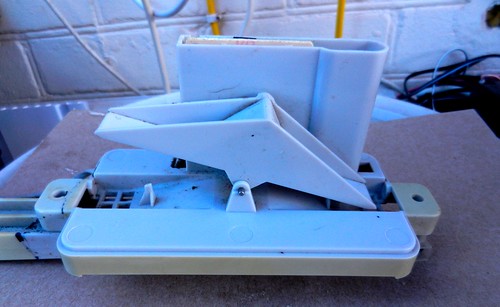
The number of flips is detected with a magnet and a reed switch. This bucket had failed, as they often do after a lot of use. It would appear the reed switch, which consists of two short metal bars which bend and close the contact when a magnet is close, becomes weak and the contact is not made or the contacts become corroded somehow and again stop the contact being made.
This is the original reed switch in place with a replacement next to it:
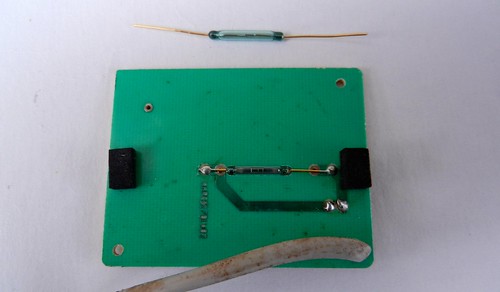
Originally the reed switch was placed so it made contact briefly as the magnet passed it but that was no use for what I wanted so I offset the new one so it closes when the bucket is in one position and opens when the seasaw tips over:
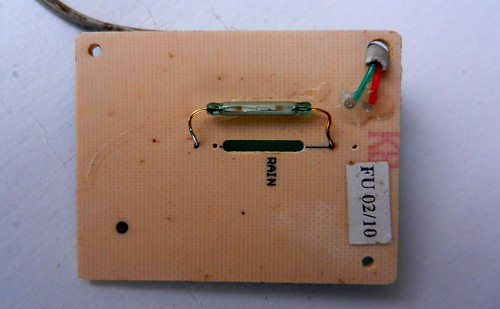
Here you can see the positions of the reed switch and the magnet when closed:
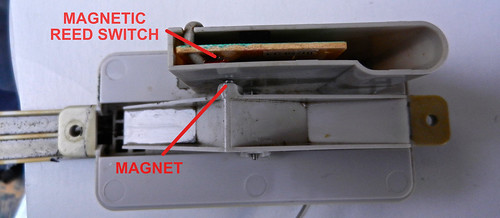
and when open:
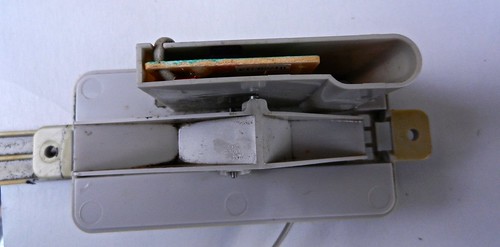
Finally the display which uses two 8 digit 7 segment LED displays:
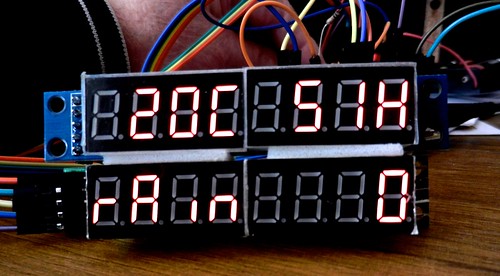
Top left Temperature in Celsius, top right relative percentage humidity.
Bottom row rainfall in millimetres. The programming for the rainfall got a little complicated as the rain gauge apparently makes 3 tips for each mm of rainfall but I got there in the end.
Next job is to box the workings and wire it all up.
